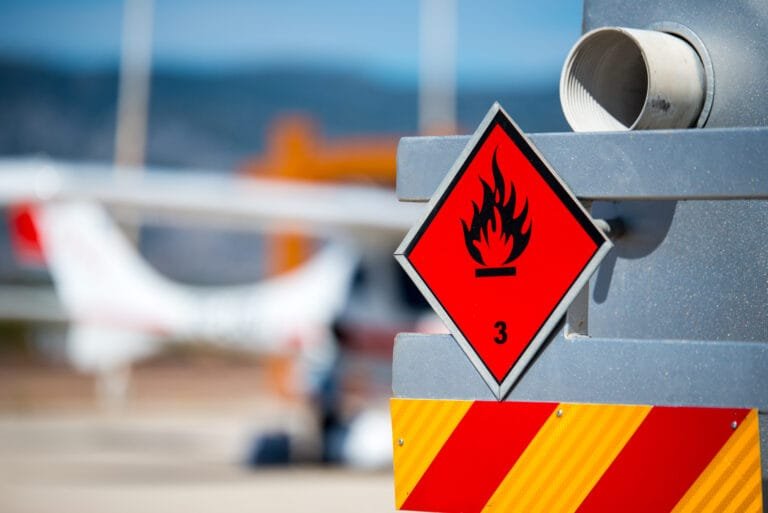As the cold chain evolves, more temperature-sensitive products classified as hazardous materials are moved – chemicals, biological items, nuclear medicine, and more. This brings with it a growing demand for specialised handling and storage to maintain their integrity and prevent risks during transit.
“Handling hazardous materials within the cold chain is not just about meeting demand, but ensuring stringent safety measures and compliance with international regulations to safeguard the supply chain,” Ramesh Mamidala, Head of Cargo at Air India, explained.
“Compliance with international and regional regulations is non-negotiable when dealing with hazardous materials. The risk of non-compliance can result in severe penalties, shipment delays, and, more critically, endanger human lives and the environment,” Kamesh Peri, CEO of Celebi Delhi Cargo Terminal Management, added.
Protocols and training
Safety is paramount when dealing with hazardous materials, particularly within the cold chain. Improper handling can lead to chemical spills, contamination, or temperature excursions that can compromise product efficacy and safety. To ensure safety, logistics providers implement specialised measures that encompass the entire journey of the material, from packaging and transportation to storage and final delivery.
“Transporting hazardous materials in a temperature-controlled environment is not just about keeping the product cold; it’s about ensuring the integrity of the packaging, managing the risks of leakage, and preparing for any emergency that might arise,” Radha Ramanan Panicker, Managing Director for Dangerous Goods at DGM India, highlighted.
“The cold chain logistics workforce must be trained not only on handling temperature-sensitive materials but also on the unique safety requirements of dangerous goods. It is essential to have well-established Standard Operating Procedures (SOPs) and frequent safety drills to minimise the risks associated with hazardous materials,” he continued.
Shaped by innovation
Incorporating technology in cold chain logistics has transformed how hazardous materials are managed. Real-time tracking, IoT sensors, and data analytics now allow companies to monitor temperature fluctuations, detect potential risks, and ensure compliance more efficiently.
“Innovation in IoT and data-driven systems offers greater transparency across the supply chain. Real-time monitoring of temperature-sensitive hazardous goods enables rapid response mechanisms to prevent deviations, ensuring safety and compliance throughout the journey, P. Balasubramanian, Founder & CEO of ACCIS, noted.
“In the pharmaceutical industry, the cold chain is critical for maintaining product efficacy. Any deviation in temperature can render a batch of vaccines or biologics useless, which can result in not only financial losses but also impact patient outcomes,” Amritendu Mukherjee, Head of Global Logistics at Dr Reddy’s Laboratories, outlined.
“Collaborating with logistics providers who specialiae in dangerous goods helps ensure that our products are transported under strict safety protocols and meet all regulatory requirements,” he continued.



